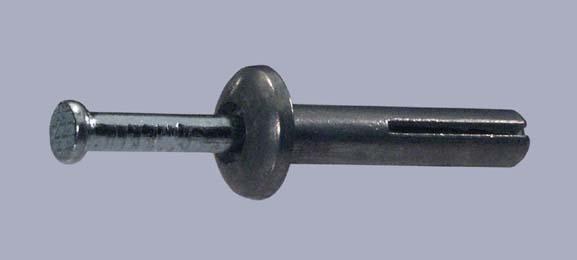You will need
- - dowel or anchor the dowel-nail.
Instruction
1
Concrete hammer in the wall dowel - is fast and reliable. But this requires a nail gun, without it it is possible to do only in the old concrete wall of the Soviet era. For the suspension mounted cabinets and lighter constructions, use plugs with a diameter of 8-10 mm recessed in the wall of 30-50 mm, for reliable anchorage of the equipment, the penetration in the wall need more - up to 100 mm.
2
For fastening of heavy designs use anchor dowel-nails. In the wall drill a hole under the bracket, then clean. Install it in the anchor and then the anchor hammer a nail. The anchor can be both metallic and even plastic and chemical (synthetic resin).
3
For mounting massive structures drilled hole can be lubricated with white glue before installing the anchor, then install it and leave for a day to grasp. Only then hammer him with a dowel-nail. But with proper load calculation and selection of the appropriate wall plug this is not necessary.
Note
For concrete walls use wall plug with razinym principle of operation - when driving the dowel into the anchoring base it expands and thus is secured to the wall.
For mounting on walls lightweight items: paintings, carpets and other, it is advisable to use liquid nails, which do not need to drill the wall.
For mounting on walls lightweight items: paintings, carpets and other, it is advisable to use liquid nails, which do not need to drill the wall.
Useful advice
The hole in the wall must match the dowel, it needs to go in there with some force. Use in the home polypropylene and nylon dowel - nails. Depending on the size they can withstand loads up to 750 kg, which is enough. Steel dowel-nails are used mainly in the construction of industrial facilities.
